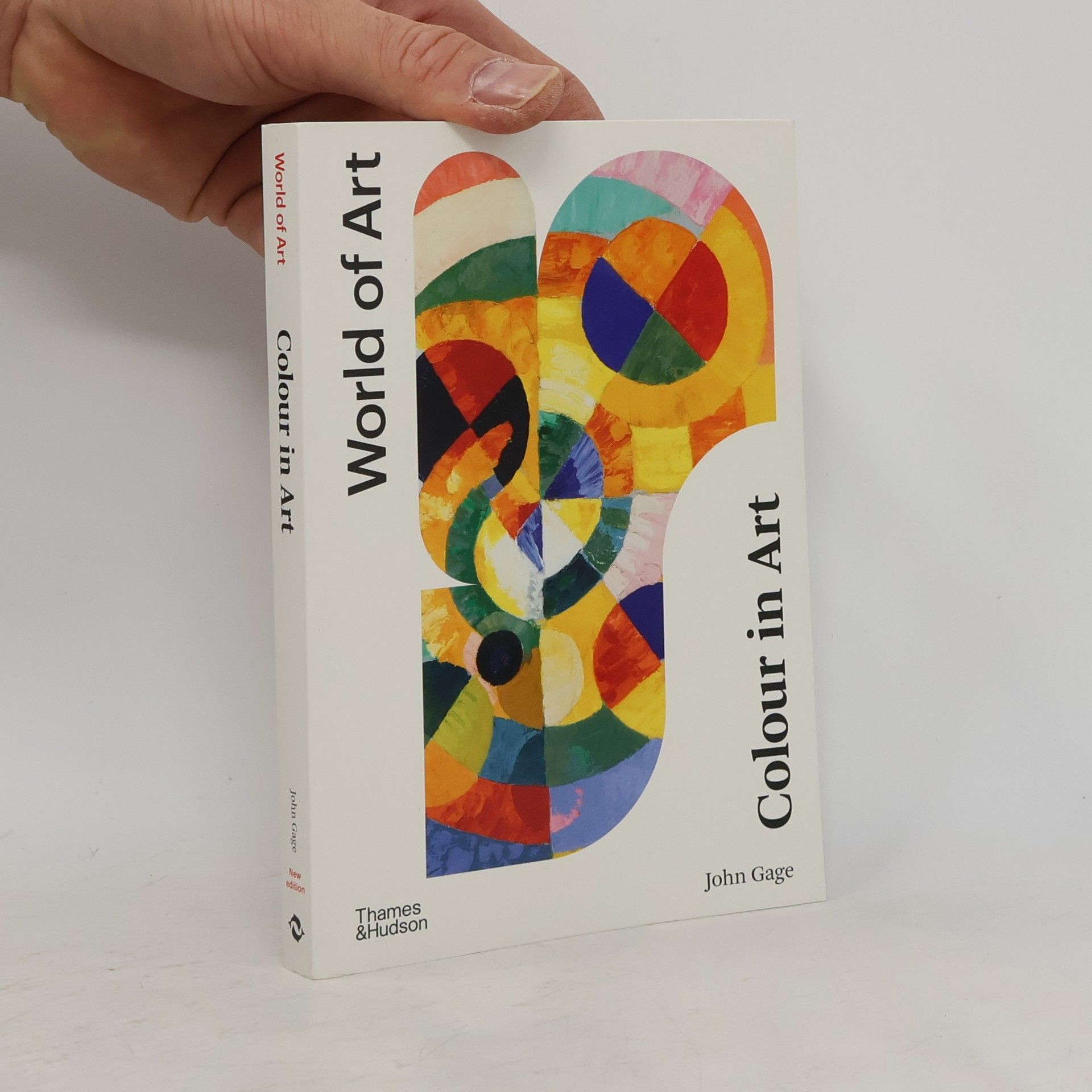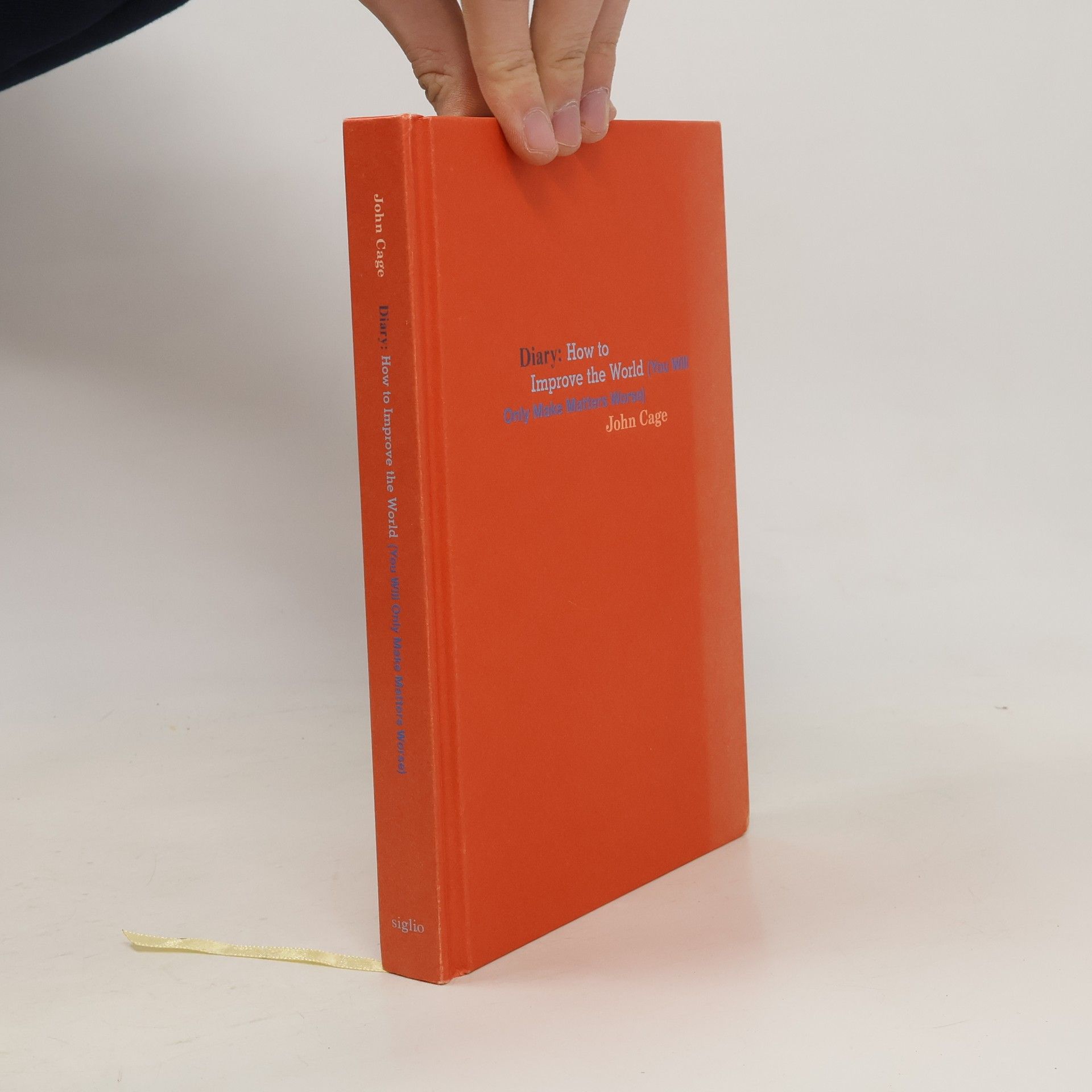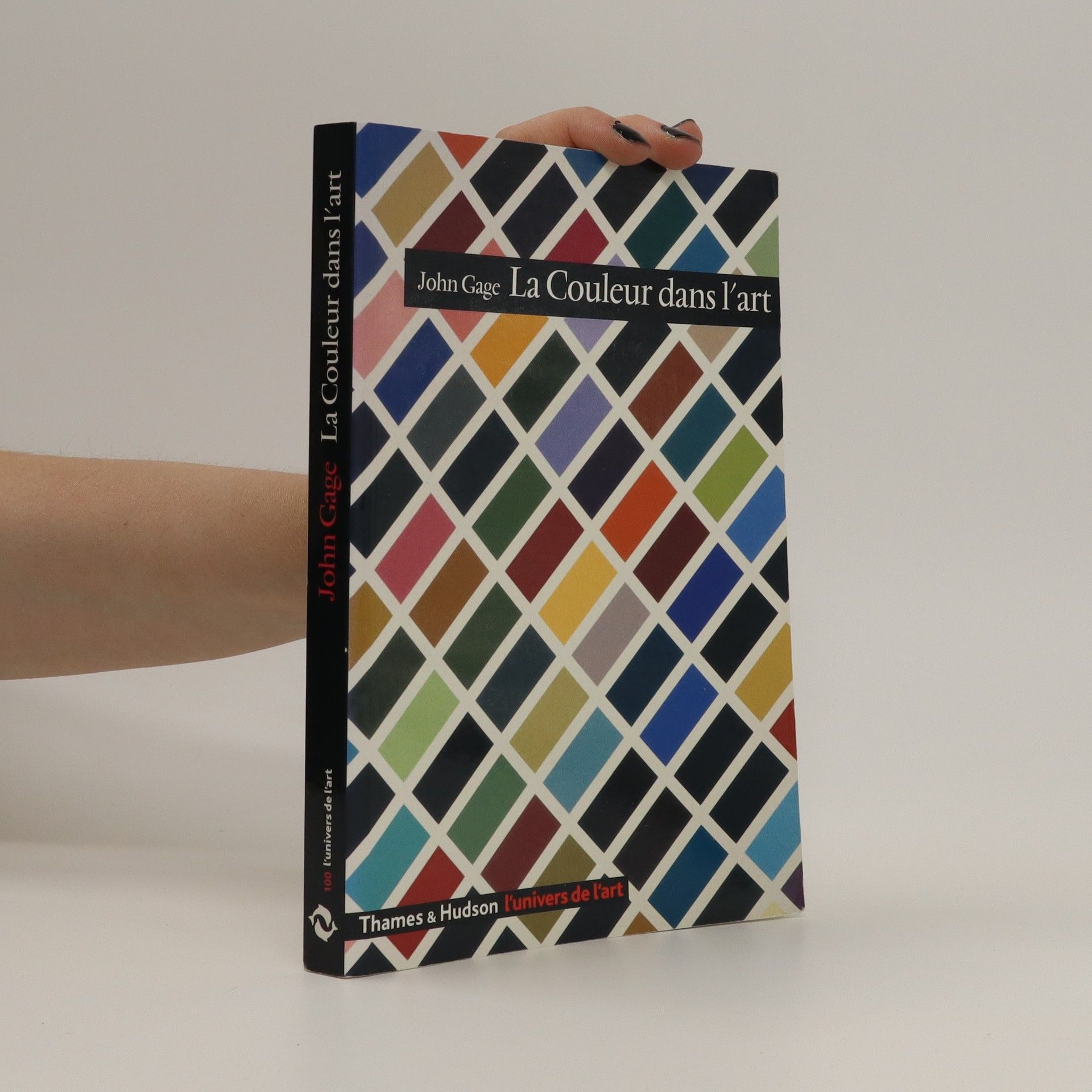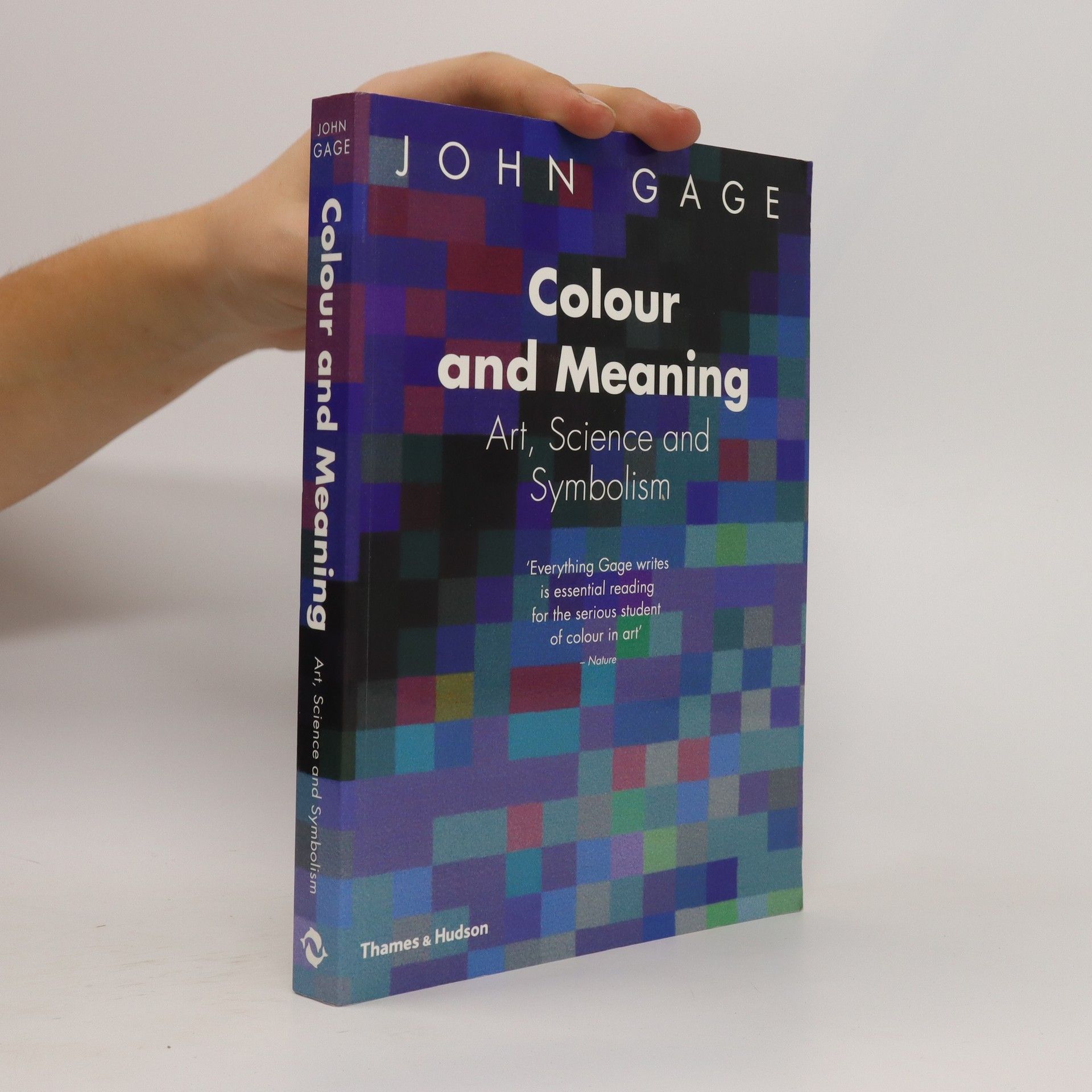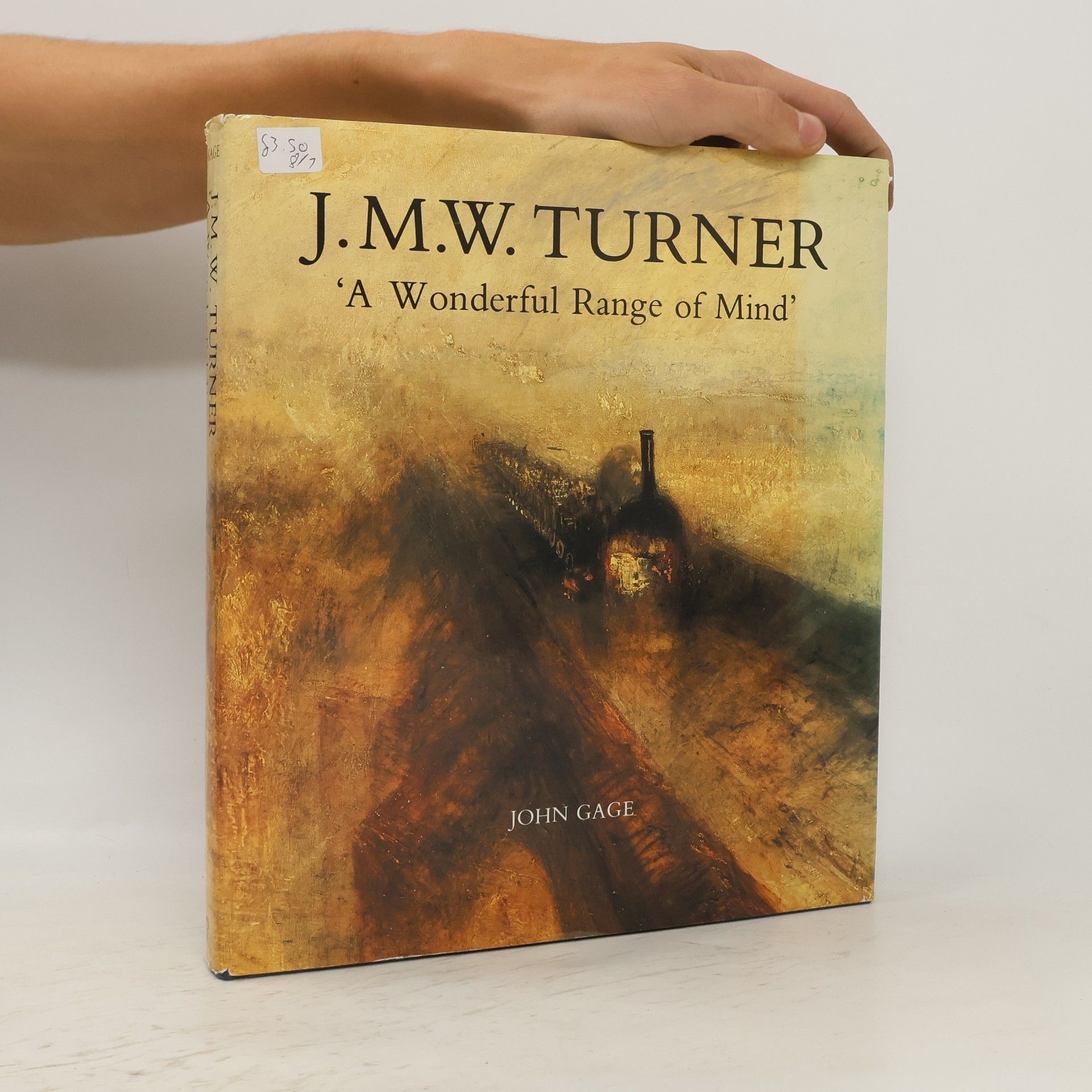La Couleur dans l'art
- 224pages
- 8 heures de lecture
Au cours des siècles derniers, des disciplines aussi variées que la physique, la chimie, la physiologie, la psychologie, la linguistique et la philosophie se sont penchées sur le phénomène complexe de la couleur mais, paradoxalement, ceux qui l'abordent de la manière la plus intime qui soit - les artistes - ont rarement été sollicités pour s'exprimer sur ce sujet omniprésent et pointant mystérieux. Dans cet ouvrage, l'éminent historien d'art britannique John Gage se propose de combler cette lacune en abordant le thème de la couleur à travers la pensée et la pratique des artistes. La Couleur dans l'art s'intéresse à l'histoire de la couleur, mais ce n'est pas pour autant un panorama historique. En effet, chaque chapitre analyse le sujet par le biais d'une thématique précise - le langage de la couleur, la psychologie de la couleur, la symbolique des couleurs... - en se fondant sur les propos et les neutres d'artistes aussi variés que Van Gogh, Kandinsky, Mark Rothko ou Anish Kapoor. La synesthésie, la théosophie, la mise en scène théâtrale, la chromothérapie et la chromophobie font partie des très nombreux sujets abordés dans cette étude magistrale, à l'érudition lumineuse, qui permet de mieux appréhender, à travers l'inépuisable créativité des artistes, le rôle fondamental que joue la couleur dans l'art comme dans la vie.


